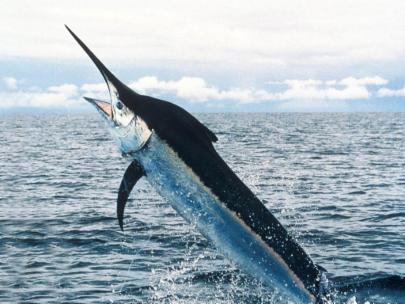| Family Owned and Operated Since 1895 BRALOW'S SCHOOL OF FISH Where we teach you everything you need to know about the world's most popular Fish. Below you will find information and availability status on every Fish we carry throughout the year!!
Fluke Flounder

Available Daily Fluke Flounder - Their Latin name, Pleuronectidae, means "side-swimmer." They begin life as a round fish, but as they mature and become bottom-dwellers one eye migrates around their head to meet with the other eye. They then begin to swim on their side. Flounder also use color adaptation to match the bay or ocean floor and may partially bury themselves for camouflage. Fluke Flounder are caught on the American Atlantic Coast.
Atlantic Salmon
 Available Daily Available Daily Atlantic Salmon - Swim in temperate or cold waters of the Northern Atlantic Ocean and are anadromous, spawning in fresh water but spend most of their life at sea. They get their pink to red color from eating krill (shrimp-like crustaceans). They are silver-skinned with distinct black spots on the upper half of the body and head. Salmon is high in omega-3 fatty acids and has large, moist flakes.
Chinook Salmon
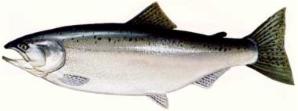
Call to Check Availability
Chinook Salmon - Also known as King Salmon are the largest of the Pacific Salmon species and may grow up to 50 pounds, though average market weight is 11 to 18 pounds. These fish develop a high level of fat for their long voyages upstream to spawn, so they are buttery rich in flavor with soft meat. Chinook Salmon are often served in top restaurants because they are fatty enough to remain moist and mild in flavor.
Sockeye Salmon
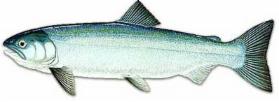
Call to Check Availability
Sockeye Salmon - These fish get their name from a poor attempt to translate the work suk-kegh from British Columbia's native Coast Salish language. Suk-kegh means red fish. Like all other Pacific Salmon, they are born in freshwater. Once hatched, juvenile sockeye will stay in their natural habitat for up to three years, more than any other Salmon. They then journey out to see, where they grow rapidly, feeding mainly on zooplankton. They stay in the ocean for 1 to 4 years before returning upstream to spawn. Sockeye are the third most abundant of the Pacific Salmon species and their succulent, dark red meat is prized by many.
Tilapia

Available Daily
Tilapia - Native to Africa, tilapia have a long history of feeding pharaohs and kings. According to legend, they were the fish Jesus multiplied to feed the masses at the Sea of Galilee, therefore, commonly known as St. Peter's fish. Tilapia is mild and sweet tasting. The raw meat is pinkish-white to white and lean; cooked, the meat is white, tender, and slightly firm with a flaky texture.
Bluefish
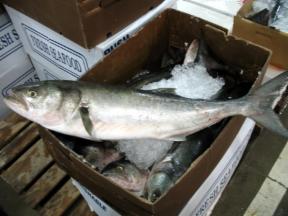
Available Daily
Blue Fish - Worldwide, they are found in the Western Atlantic and throughout the Mediterranean. In the United States, bluefish travel the East Coast from Florida to Maine, progressing northward, from Spring to Autumn. The main American catch is during Autumn in the Mid-Atlantic, with a winter catch off North Caroline. Peak season for bluefish is late summer, though they are available year-round. Raw bluefish flesh is bluish-gray and becomes lighter when cooked. Young bluefish eat crustaceans, so they are milder and sweeter, while mature bluefish eat menhaden fish, giving them their pronounced flavor.
Grouper
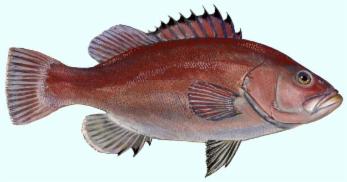 Available Daily Available Daily
Grouper - They are large, solitary, predatory fish that inhabit rocky, shallow tropical waters. These wild fish maintain their moisture even if overcooked, making them a favorite for restaurants. Grouper are found in temperate waters from the Mid-Atlantic states and Florida to the Gulf of Mexico, Central America and the Mediterranean.
Scrod (Smaller Cod)

Available Daily
Scrod - Three hundred years ago, Cod was an important and essential source of food. Historians theorize that the enormous stocks of cod in the Western North Atlantic spurred European colonization of America. Cod are fished from North Carolina to Greenland and are available year-round. Cod are mild in flavor; when cooked, their texture is moderately firm with large, moist flakes and a delicate, sweet flavor.
Haddock
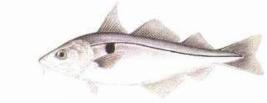
Available Daily
Haddock - Perhaps the most prized member of the cod family because of their delicate flavor and melt-in-the-mouth texture. Haddock are wild-caught fish found on both sides of the North Atlantic. They are fished in the United States, Canada, Iceland, Norway, Russia, and the United Kingdom. Haddock meat has a delicate, fine flake and sweet flavor.
Swordfish
Call to Check Availability
Swordfish - These large solitary fish roam temperate and tropical waters worldwide. Swordfish are caught at night when they feed, specifically during the first quarter of the moon but most heavily on full moon nights. They can weight up to 1,000 pounds but normally range from 50 to 200 pounds. Their flesh has a meaty texture and is high in omega-3 fatty acids.
Yellowfin Tuna
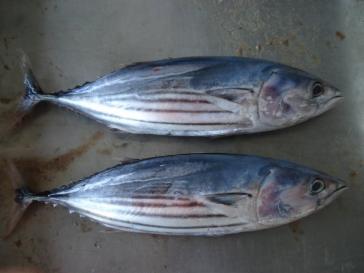
Available Daily
Yellowfin Tuna - These large migratory fish travel in dense shoals. Yellowfin tuna have a long yellow dorsal fin and a yellow stripe down their blue backs. Also known as Ahi Tuna, a Hawaiian name meaning "fire." Yellowfin Tuna are fished in tropical waters and are commonly canned as "light tuna."
Mahi Mahi
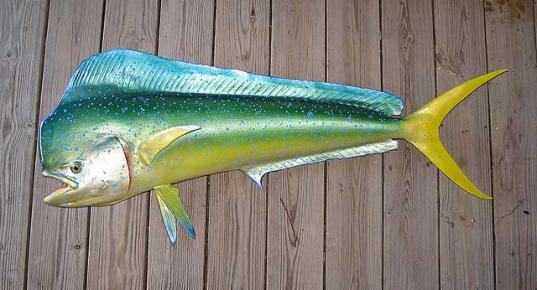
Call to Check Availability
Mahi Mahi - These fish were long known as dolphin fish because they swim alongside boats as dolphins do. However, they are fish and should not be confused with Dolphins, which are mammals that are warm blooded, breath air, give live birth to their babies and nurse their young. Mahimahi is a Hawaiian name meaning "strong-strong," because of their great strength. The pinkish, lean meat of Mahi Mahi is sweet with a mild flavor, firm texture, and large, moist flakes. Black Tip Shark 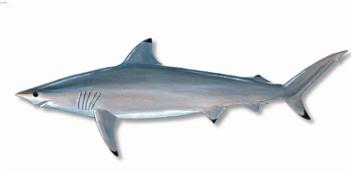
Call to Check Availability
Black Tip Shark - also known as Carcharhinus limbatus is a large shark native to the continental and insular shelves of tropical and warm temperate seas around the world. The black tip shark is often nearshore around river mouths, bays and other estuaries, though they do not penetrate far into freshwater. Black tips, as well as their close relative the spinner shark, are known to jump out of the water while feeding, sometimes spinning up to three of four times around their axis. Known as one of the best tasting sharks, black tip shark meat is pinkish in color and sweet in flavor.
Hawaiian Butterfish

Call to Check Availability
Hawaiian Butterfish - Officially known as Escolar or the Hawaiian name Walu. This is an extremely popular fish in Hawaii, but is also fished in Fiji, Australia and Indonesia. Hawaiian Butterfish has oil-rich, slightly gelatinous, and intensely flavored flesh. Because of the rich oil content heavy sauces are not suggested.
Hawaiian Opah
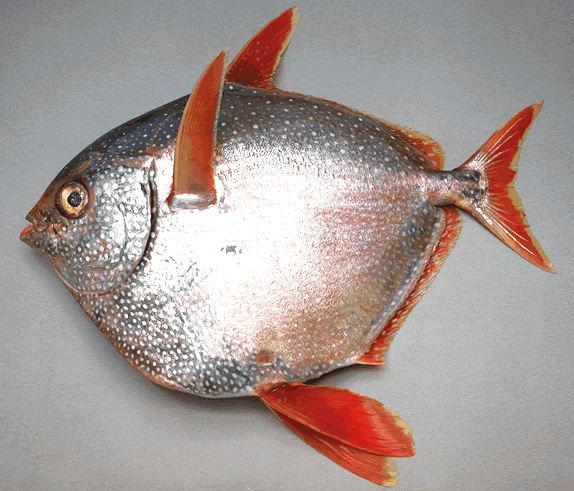
Call to Check Availability
Hawaiian Opah - Also known as Hawaiian Moonfish it has long been regarded as a good luck fish. Once Hawaiian fishers would give them away, but after Hawaii started to promote its native fish in the late 1980s, this practice stopped. Opah are found in temperate and tropical waters worldwide. However, Opah from Hawaii are larger with firmer, more lively meat, averaging 45 pounds. Opah flesh has a meaty texture similar to tuna or swordfish and is great on the grill.
Brook Trout

Available Daily
Brook Trout - These freshwater fish live in lakes and streams. Trout are smaller members of the Salmon family. Brook Trout are native to Eastern North America. Brook Trout are covered by a layer of transparent slime. The more slippery the fish, the fresher it is.
Halibut

Available Daily
Halibut - These strong swimmers are bottom-dwellers and the largest flatfish. While an average weight for Halibut is 5 to 10 pounds they can grow up to 600 pounds. 80 percent of Pacific Halibut comes from Alaska. They are in peak season in April through October. Halibut flesh is white, glossy and almost translucent.
Red Snapper
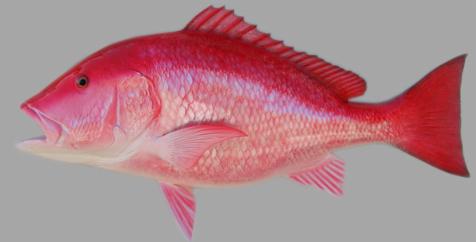
Call to Check Availability
Red Snapper - Named because of their snapping teeth, these fish are sought after in the Caribbean and along the American Mid-Atlantic coast. Most American Red Snappers come from the Gulf Coast, caught near reefs where they gather. Their meat is sweet, mild, tender and semitransparent with a pinkish tone.
Black Sea Bass

Call to Check Availability
Black Sea Bass - These small, bottom feeding fish are found along the Eastern Coast of the U.S. between Florida and Cape Cod. Black Sea Bass are most abundant between, New Jersey and North Carolina, from September to March. Black Sea Bass meat is delicate in flavor with undertones of crustacean. They are often cooked whole. When fried whole in Chinese restaurants, it is called Hunan fish.
Striped Bass
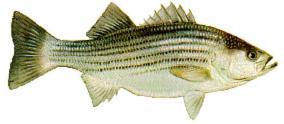
Call to Check Availability
Striped Bass - These fish get their name from the dark horizontal stripes along its silvery sides. They are prized by sport fishermen for their fighting ability. Striped Bass are found off the Eastern Coast of North America from Canada to Florida. They have firm, succulent flesh with a delicate flavor and large flakes.
Chilean Sea Bass
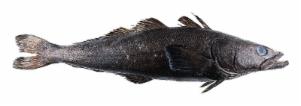
Call to Check Availability
Chilean Sea Bass - Originally know as Patagonian toothfish but renamed to increase market appeal. Chilean Sea Bass is caught in Southern waters near and around Antarctica. Chilean exporters were the first to bring this fish to American markets, earning it the name Chilean Sea Bass. However, this fish is not an actual bass or always caught off the coast of Chile. This deep-water fish can live up to 50 years and grow to weigh over 200 pounds. Chilean Sea Bass is not an endangered species, but overfishing has been problematic. This has lead to heavy conservation that limit catch amounts and increased their market price.
Shad
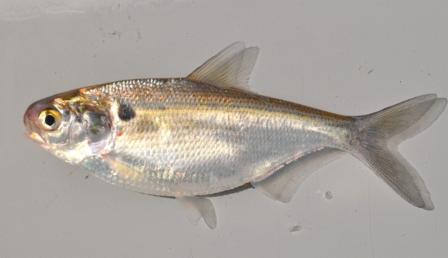 Shad - Starting in Spring Shad work their way up the Atlantic Coast from Florida to Labrador. Shad have sweet, delicate flesh and many small bones. Smaller Shad sold earlier in their season are more mild in flavor than larger, late-season fish. Upscale fish markets will carry boneless shad fillet. However, removing the bones requires skilled fish cutters making boneless shad fillets moderately costly. Shad Roe (fish eggs) have a delicate texture and are considered a delicacy.
Call to Check Availability
Spanish MackerelCall to Check Availability
Spanish Mackerel - These highly migratory fish travel in large schools. Spanish Mackerel are found from Cape Cod to the Yucatan and Bermuda. They are dark blue or blue-green on the back with orange or yellowish oval spots on their sides. Their meat has full-bodied flavor and is high in omega-3 fatty acids.
Sea Trout
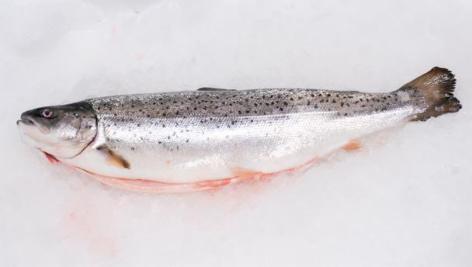
Call to Check Availability
Sea Trout - Also know as Weakfish, a name derived from their weak mouths that easily tear and release them from fisherman's hooks. Sea Trout is a member of the Croaker-Drum family and is found along the Atlantic coast from Massachusettes to Florida. Sea Trout meat has a sweet, mild flavor.
Atlantic Croakers
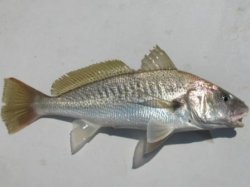
Call to Check Availability
Atlantic Croakers - The smallest member of the drum family averaging around 1 pound. They get their name because of the croaking noise made when their heads pop up above water. These golden-silver fish are found along the Atlantic Coast from Cape Cod to Mexico. They are quite bony and have a mild, sweet flavor.
Carp
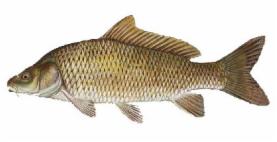
Call to Check Availability
Carp - These bottom-feeding fish are native to the Danube and other rivers flowing into the Black Sea and the Aegean. However, because they grow quickly and are well suited to aquaculture they have been relocated to freshwaters throughout the world. Carp were first imported into American waters in 1831. Jewish grandmothers favor carp for making Gefilte Fish (ground fish balls cooked in vegetable stock). Traditional Gefilte Fish can be made with a mixture of ground Carp, Whitefish and Walleye. In classical times, carp were widely cultivated and highly regarded. Aristotle actually mentioned these fish in his writings around 350 BCE. Female Carp usually have lighter flesh than their male counterparts.
Whitefish
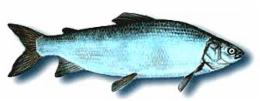
Call to Check Availability
Whitefish - These fish live in the cold, deep lakes of Northern United States and Canada. Because they live in icy northern waters, they have a high fat content and are excellent smoked. Whitefish are considered the best tasting freshwater fish and traditionally mixed with Carp and Walleye to make Jewish Gefilte Fish.
Walleye

Call to Check Availability
Walleye - Also known as Pike fish because of their resemblance to freshwater fish in the Pike family. Walleye are named for their smoky eyes which are said to resemble blinded or walleyed domestic animals. Walleye inhabit large bodies of water like the Great Lakes. Walleye's close cousin Zander fish are rare European freshwater fish that may be the most prized table fish in Europe, where it is also known as Pike fish Walleye is often mixed with ground Carp and Whitefish to make Jewish Gefilte Fish.
Porgy
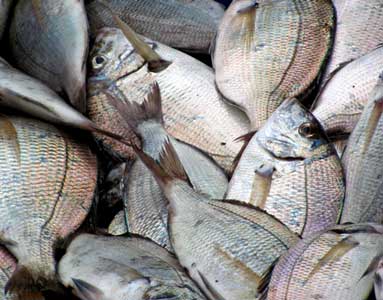
Call to Check Availability
Porgy - These fish get their name from a Native American word meaning "fertilizer," for which they were commonly used. Porgies are found on both sides of the Atlantic Ocean. In Europe they are also known as Sea Beam. Interestingly the Romans considered them sacred to the goddess Aphrodite because they are males for the first two years of life and transform into females in their third year. Porgies have firm, flaky flesh, but can be quite bony.
Catfish

Call to Check Availability
Catfish - Freshwater and saltwater fish that have cat-whisker-like barbels, no scales, and a somewhat flat head are referred to as Catfish. The most common Catfish are Mississippi and Channel Catfish. Unlike many other fish, farmed Catfish are preferred to wild, which may have a muddy flavor. The world's largest Catfish are found in the Amazon basin and in the European rivers east of the Rhine, where European catfish weighing more than 400 pounds have been caught. Mekong giant Catfish may weigh more than 700 pounds. American Catfish are far smaller weighing only 1 to 2 pounds and are located in the Mississippi Delta, Alabama, and Arkansas.
|









